If the tanks succeed, then victory follows”
~Heinz Wilhelm Guderian (German general during World War II)
Since 1972, India’s indigenous main battle tank, in the service of the nation has been envisaged. About 50 years ago, the Arjun tank was meant to replace the Russian T-72 that is still in service. But now, after years of development, technological advances and a major push of ‘Make-in-India’ in the defence sector, the indigenously developed Arjun Main Battle Tank (MK-1A), a third-generation main battle tank has been dedicated to the nation by Prime Minister Narendra Modi earlier this year, in the month of February.
In November 2020, Prime Minister Modi rode this armoured beast, which marked a proud moment for the team of 500 scientists and technicians who worked round the clock to develop and design Arjun. Now, the army will get 118 units of the upgraded Main Battle Tank, indigenously designed, developed and manufactured by CVRDE (Combat Vehicles Research and Development Establishment) and DRDO (Defence Research and Development Organisation) along with 15 academic institutions, eight labs and several MSMEs. This will mark as the finest chapter in the ‘Make-in-India’ story.
What is the Arjun Main Battle Tank?
India’s armoured strength is one of the most superior and finest in the world. India has the most active manpower, in addition to the tanks and aircraft, with around 4,300 tanks and 8,700 vehicles. Adding to this, the Arjun Main Battle Tank (MBT) project is a multi-laboratory programme of DRDO which was initiated in 1972 with CVRDE as the lead laboratory. Arjun Tank is claimed as a state-of-the-art tank with superior firepower, high mobility, and excellent protection. During the development of MBT Arjun, the CVRDE has achieved major feats in the engine, transmission, hydropneumatic suspension, hull and turret as well as the gun control system. According to CVRDE, the upgraded version of Arjun has done over 7,000km of trial runs, which does not happen in any country. “It is on par with other main battle tanks in the world.”
Salient Features of Arjun Tank
A tank requires firepower, mobility, protection and crew comfort as the basic features to attain a high degree of immunity. The specifications of MBT Arjun, however, were modified from time to time as the Army kept upgrading requirements. Also, India’s diverse geographical landscape, like that of rocky parts of Jammu and Kashmir to the alluvial soil of Punjab and northern Rajasthan to the marshy Rann of Kutch, posed a huge challenge in terms of cross-country mobility capability.
The superior armour defeating capability of the indigenously developed Arjun tanks is ‘Fin Stabilized Armour Piercing Discarding Sabot (FSAPDS)’ ammunition and 120-mm calibre rifled gun. The tanks are also equipped with a computer-controlled integrated fire control system incorporating day-cum-night stabilized sighting system that guarantees a very high first-round hit probability and reduced reaction time to bring effective fire on targets. The secondary weapons include a coaxial 7.62-mm machine gun for anti-personnel and a 12.7-mm machine gun for anti-aircraft and ground targets. Giving MBT Arjun an edge over other contemporary tanks of the world, these tanks carry 39 rounds of different types of ammunition, including thermobaric shells designed as bunker-busters. The latest version of Arjun (Mk-1A) weighs 68 tonnes because of the additional protection and armaments. Arjun’s weight is more or less equal to that of several main battle tanks. Challenger 2 of the UK weighs 62.5 tonnes (combat-ready weight of 75 tonnes), Leopard 2A6M of Canada weighs 62.5 tonnes and Abrams M1A1 of the US weighs 67.5 tonnes.
How have the Arjun tanks been inducted so far?
Arjun tanks were initially named Chetak (after the horse of Maharana Pratap), but by then, automobile manufacturer Bajaj Autos had launched its scooter by the same name. Therefore, it was General A.S. Vaidya (then army chief), in 1985, suggested the name Arjun.
The first batch of 16 tanks was received in 2004 by the Indian Army and they were inducted as a squadron of the 43 Armoured Regiment. In 2009, the Indian Army had 45 tanks and by 2011, over 100 tanks had been delivered. The Ministry of Defence ordered another 118 units of the Arjun Mk-1A. These are the units being inducted now at a revised cost of over Rs 8,400 crore.
With the induction of the first batch of Arjun, India entered a select group of 10 countries that have designed and developed their own main battle tanks. The group includes the UK, France, Germany, the US, Israel, South Korea, Russia, Japan and China.

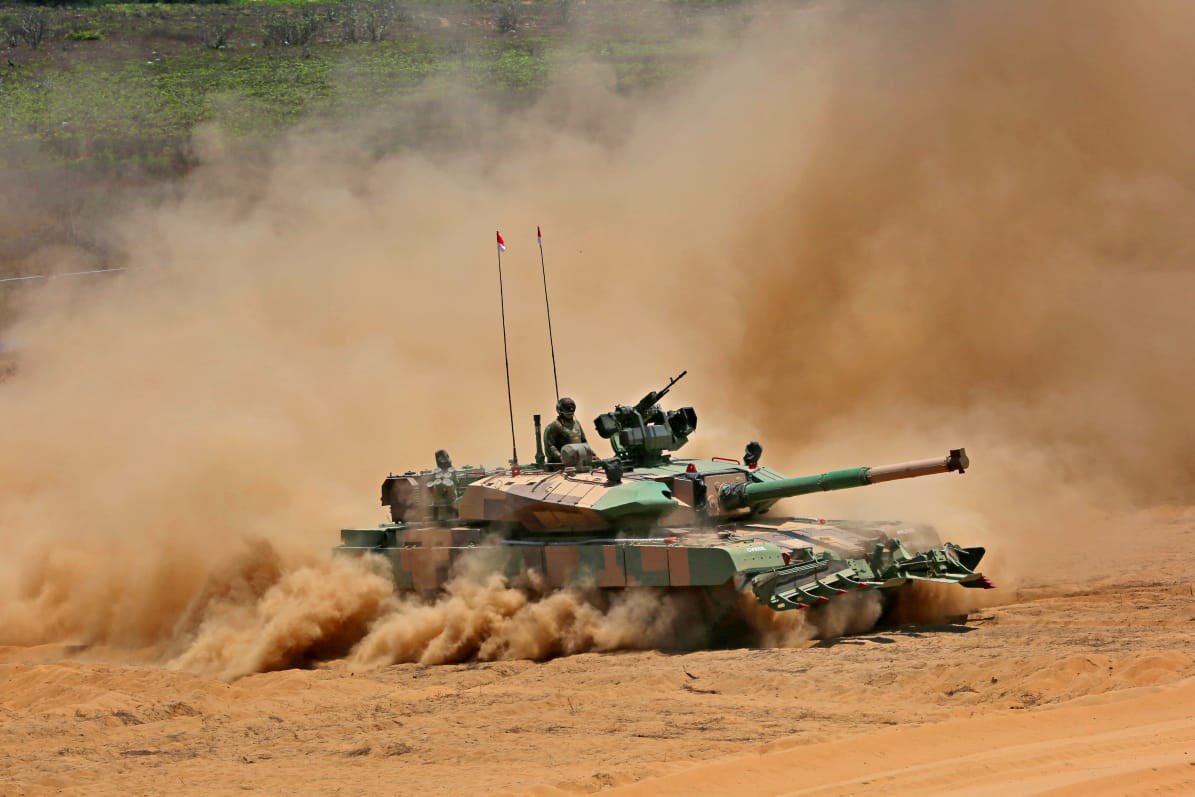
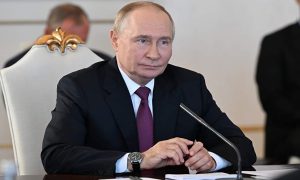

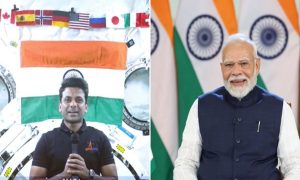

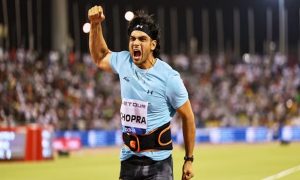

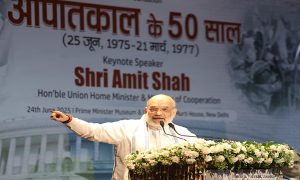

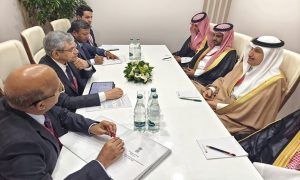

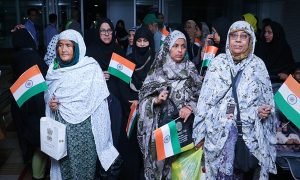

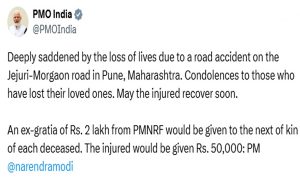

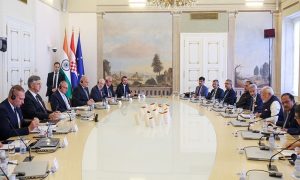

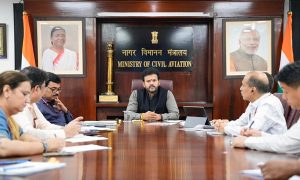

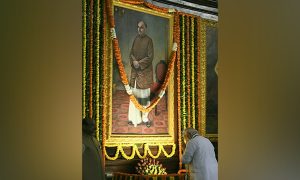

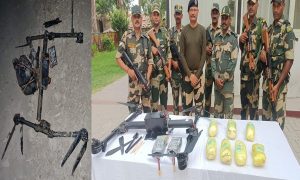





 WhatsApp us
WhatsApp us